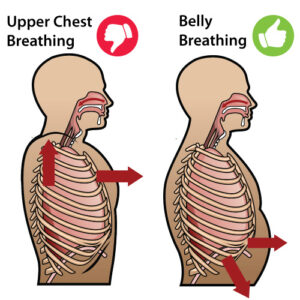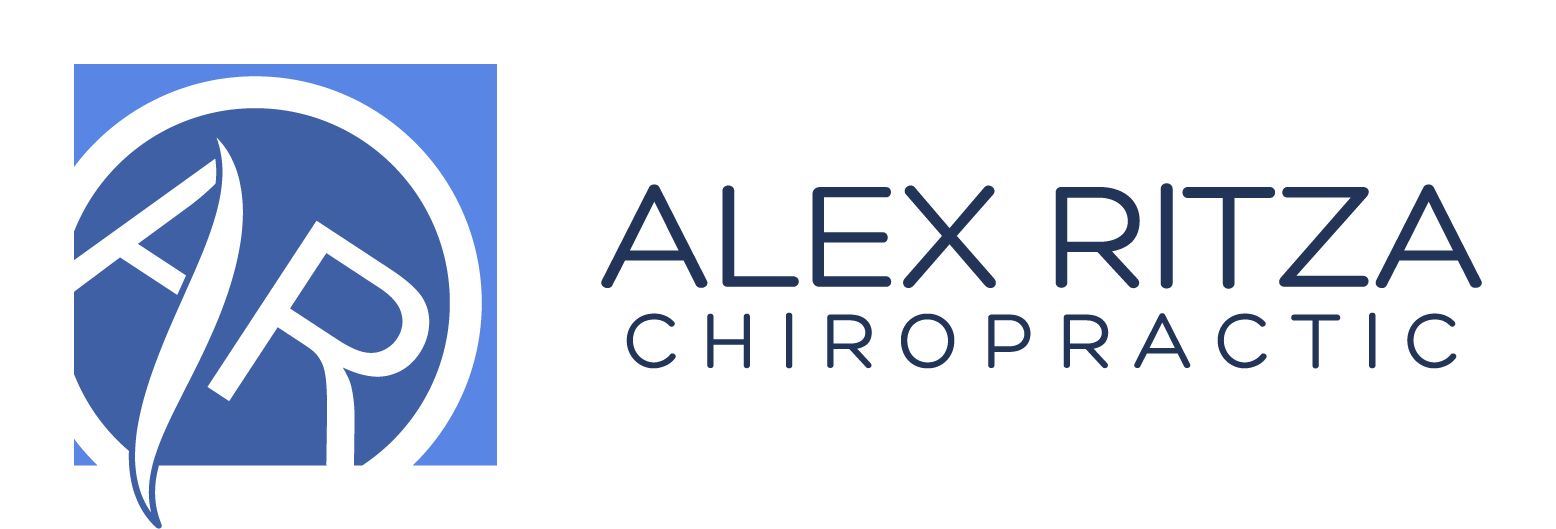Chronic Neck Pain Relief in Toronto: The Surprising Connection between Breathing Techniques and Your Well-being
Chronic neck pain is a prevalent issue affecting numerous so many of our patients in Toronto but few of them knew about the connection to how they breathe. Breathing is a fundamental process, but the manner in which we do it can significantly impact our overall health and well-being. In this blog, we will explore the fascinating link between chronic neck pain relief and two primary breathing techniques – chest breathing and belly breathing. Discover how optimizing your breathing can lead to a healthier and pain-free neck in Toronto.
Understanding Chronic Neck Pain and Breathing Techniques
Chronic neck pain is an ongoing discomfort that many people in Toronto experience due to various reasons, including poor posture, stress, and muscle tension. It’s essential to recognize the connection between our breathing patterns and neck health, as it can provide valuable insights into effective pain management and relief.
The Impact of Chest Breathing on Chronic Neck Pain

Chest breathing, also known as thoracic or shallow breathing, is a common breathing pattern associated with stress and tension. This type of respiration relies mainly on the muscles in the upper chest, shoulders, and neck, with minimal involvement of the diaphragm. As a result, prolonged chest breathing can lead to increased strain on the neck muscles, exacerbating chronic neck pain.
Moreover, chest breathing often involves shallow inhalations, limiting the intake of oxygen. This can trigger a stress response in the body, leading to muscle tension, including those in the neck region. The continuous cycle of tension and pain can perpetuate chronic neck discomfort, hindering one’s quality of life.
Unlocking Relief Chronic Neck Pain Relief through Belly Breathing
Belly breathing, also known as diaphragmatic breathing, is a natural and effective way of respiration commonly observed in infants and young children. This technique engages the diaphragm, a dome-shaped muscle below the lungs, to draw air deeply into the lungs. As the diaphragm contracts, the belly expands, facilitating increased oxygen intake. On exhalation, the diaphragm relaxes, and the belly naturally falls.
Embracing belly breathing can be a game-changer for chronic neck pain relief in Toronto. As we engage the diaphragm, it stimulates the vagus nerve, which activates the parasympathetic nervous system, responsible for the “rest and digest” response. This induces a calming effect, reducing overall tension and stress on the neck muscles.
Additionally, belly breathing encourages full oxygen exchange, enhancing blood oxygenation and circulation. The improved oxygen supply to the muscles supports relaxation and can alleviate neck pain caused by tension and stiffness.
Breathing Techniques and Posture: A Powerful Duo
Posture is a significant factor influencing both breathing patterns and neck health. Poor posture, often linked to prolonged sitting and desk-bound jobs, can lead to chest breathing. The slouched position restricts the diaphragm’s movement, making it less effective in drawing air. Additionally, poor posture causes the neck and shoulder muscles to overwork to support the weight of the head, leading to strain and discomfort.
On the other hand, belly breathing promotes better posture. As we engage the diaphragm, our spine naturally aligns, and the core muscles activate, supporting an upright and healthy posture. With improved posture, the neck is better supported, reducing the risk of developing chronic neck pain.
Breathing Techniques for Effective Chronic Neck Pain Relief in Toronto
If you suffer from chronic neck pain in Toronto and suspect that your breathing habits may be contributing to the issue, here are some simple techniques to optimize your breathing and find relief:
- Mindful Breathing: Dedicate a few minutes each day to practice mindful breathing. Sit or lie comfortably, place one hand on your chest and the other on your belly. Inhale deeply through your nose, allowing your diaphragm to expand and your belly to rise. Exhale slowly through your mouth, feeling your belly fall. Focus on making your exhalation longer than your inhalation to fully engage the parasympathetic nervous system.
- Postural Awareness: Be mindful of your posture throughout the day. Sit or stand tall with your shoulders relaxed and your chin slightly tucked. Avoid slouching or craning your neck forward while working or using electronic devices.
- Incorporate Breathing Exercises: Yoga, tai chi, and meditation are excellent practices that emphasize diaphragmatic breathing and can aid in chronic neck pain relief.
- Consult a Healthcare Professional: If chronic neck pain persists despite self-care techniques, consult a healthcare professional such as a chiropractor or physical therapist. They can address any underlying issues and provide personalized guidance.
Conclusion
In conclusion, optimizing your breathing techniques can be a powerful tool in managing and relieving chronic neck pain in Toronto. Chest breathing, often linked to stress and poor posture, can lead to increased strain on the neck muscles, exacerbating discomfort. Embracing belly breathing, on the other hand, induces relaxation, better oxygenation, and improved posture, ultimately promoting chronic neck pain relief.
So, take a deep breath and embark on the journey toward a healthier and pain-free neck in Toronto. By paying attention to your breathing patterns and incorporating simple breathing techniques into your daily routine, you can unlock the gateway to a revitalized and pain-free life.
References:
- Jones M. Vagus Nerve Overview and Function. In: StatPearls [Internet]. Treasure Island (FL): StatPearls Publishing; 2021 Jan-. Available from: https://www.ncbi.nlm.nih.gov/books/NBK470195/
- Herrington L. The Effect of Normalizing Breathing Patterns on Balance, Lumbar Spine Mobility, and the Prevalence of Lumbar Spondylolysis. J Man Manip Ther. 2011;19(3):161-166. doi:10.1179/106698111×13091150735781
- Diaphragmatic Breathing Exercises for Relaxation and Stress Management. University of Michigan Medicine. https://www.uofmhealth.org/health-library/uz2255. Accessed July 19, 2023.




